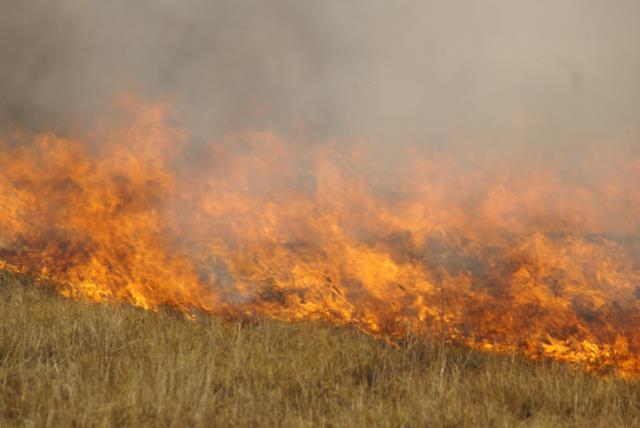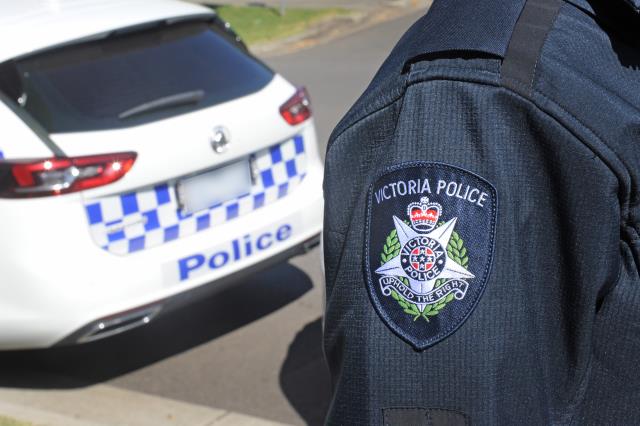Victoria’s drier than average conditions are expected to continue into autumn.
This follows below average rainfall across much of the west and central areas of Victoria, and in parts of south and west Gippsland, according to the Australian Seasonal Bushfire Outlook for Autumn.
Central and southern parts of Victoria are recording the most significant grass growth, with the potential risk of fast running grassfires continuing into autumn.
“For the next month or so, we’re still facing a significant grassfire risk across the state with grasslands completely cured in most areas,” said Country Fire Authority Chief Officer Jason Heffernan.
“Grassfires travel faster than you can run and can threaten lives and property.
“We ask community members to continue to monitor conditions, be aware of the Fire Danger Rating in your area and stay informed.”
Fire Rescue Commissioner Ken Block explains what to do if a grassfire breaks out nearby to you.
“If you live next to grasslands and a fire breaks out, walk two streets back. If you live more than two streets away, stay indoors with windows and doors shut and your air conditioner turned off.”
Emergency Management Commissioner Andrew Crisp stresses the importance of understanding your fire risk and remaining vigilant.
“Never rely on one source of emergency information. Download that VicEmergency app and tune in to your local emergency broadcaster.”
The outlook forecasts below average rainfall in the north and west, along with average to warmer than average maximum temperatures.
A lack of rainfall coupled with warm and dry conditions could see the potential for bushfires in some forests.
“We are dealing with the impacts of climate change and that means finding the right days for safe and effective planned burning is also changing,” said Forest Fire Management Victoria Chief Fire Officer Chris Hardman.
“We look for opportunities to manage bushfire risk all year round, which includes planned burning and treatments such as mulching, mowing, slashing, spraying, and creating strategic fuel breaks.
“We ask visitors to our state forests and parks take extra care with campfires and check the official weather forecasts and warnings at bom.gov.au and VicEmergency.”
Victoria remains well prepared for the potential of fires, with a mix of water bombing aircraft, air supervision and air intelligence gathering aircraft positioned across the state to support our dedicated volunteer and career firefighters on the ground.
Emergency services are keeping an eye on any changes in conditions, however the outlook of normal fire potential across most of Victoria is what we can expect in the autumn season.
The Australian Seasonal Bushfire Outlook for Autumn is developed by AFAC and supported by the Bureau of Meteorology along with state and territory fire and land managers.
It’s important for communities to understand their local risks, which can also include flooding, even at a time of high fire risk.
“Though we expect rainfall to be lower than average, we know that a warmer atmosphere holds more moisture,” said Victoria State Emergency Service Chief Officer Tim Wiebusch.
“Heavy, isolated falls remain a risk to Victorians as they travel around the state, over Easter and through to ANZAC Day.
“If you encounter flooding over roads, take an alternative route and do not drive through it.
“Even where the floodwater is not deep, the road surface beneath may have torn away causing your vehicle to start floating, which is an incredibly dangerous
situation.”
Local flood guides for your area can be found on the VicEmergency website.
You can also keep up to date with the Fire Danger Ratings on the VicEmergency app and VicEmergency website.







